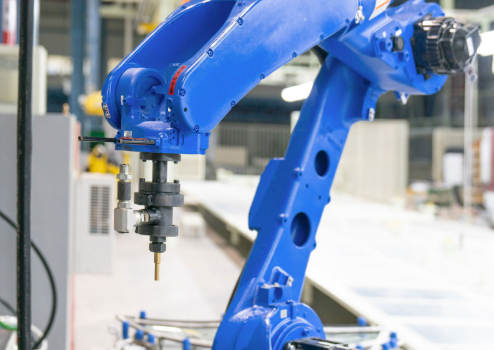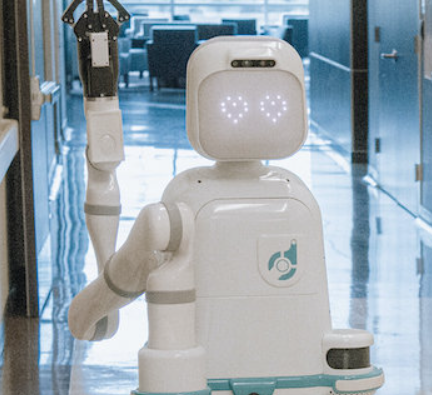
As industries continue to evolve under the influence of cutting-edge technologies, one concept gaining significant attention is adaptive robotics. Unlike traditional automation or even standard collaborative robots, adaptive systems are designed to evolve in real time—learning from their surroundings and adjusting their behavior accordingly. This next step in robotic development combines intelligence, flexibility, and responsiveness to create machines that can work alongside people and adapt to unpredictable environments.
What Sets Adaptive Robots Apart?
Adaptive robots are built with the capability to sense, interpret, and respond to their surroundings without needing to be manually reprogrammed each time a condition changes. These machines integrate layers of intelligence that mimic certain cognitive functions, allowing them to manage tasks such as object recognition, spatial navigation, and motion planning on their own.
The concept of “hierarchical intelligence” plays a central role in this. It refers to a structure where multiple, independent layers of decision-making work together—much like a simplified version of a human brain. This enables robots not only to receive and process sensory data but also to alter their operational strategy as needed.
Technologies like artificial intelligence, computer vision, the Internet of Things (IoT), and advanced sensors have accelerated the development of these systems. As a result, today’s adaptive robots are capable of understanding complex settings and modifying their actions based on human interaction or environmental changes.
Real-World Applications Across Industries
The use of adaptive robotics is expanding rapidly across multiple sectors. Here are a few notable examples:
- Manufacturing: Robots that adapt in real time are used for repetitive yet precise tasks such as assembly, welding, and quality checks. Their ability to learn allows them to shift roles or processes without halting production, improving efficiency while reducing strain on human workers.
- Healthcare: From aiding patients with limited mobility to supporting clinical staff in hospitals, adaptive robots offer solutions that respond to individual needs, making them valuable tools in both care delivery and operational logistics.
- Logistics and Warehousing: These robots excel in dynamic environments, managing inventory, sorting packages, and fulfilling orders with minimal supervision. Their adaptability helps them navigate shifting layouts and varying task demands effectively.
Beyond these sectors, adaptive robots are also making an impact in areas like agriculture, construction, and hospitality—where the need to adjust to unpredictable conditions is critical.
Enhancing Industrial Automation with Intelligence
The push toward Industry 4.0 has redefined expectations for efficiency and responsiveness in production environments. Adaptive robotics is a key enabler in this shift, offering smart automation solutions that go beyond rigid programming.
In fast-paced industrial settings, conditions can change quickly—materials may run out, machinery may need maintenance, or workflows may be restructured. An adaptive robot can recognize these changes and recalibrate its actions on the fly. For instance, if a production line slows down, a robotic arm can adjust its speed or shift to a different task without manual input.
This level of responsiveness translates into more agile operations, fewer disruptions, and better use of resources. Additionally, having a single robot capable of handling multiple roles reduces the need for specialized equipment and enhances workplace safety by managing hazardous or strenuous tasks typically assigned to humans.
A Glimpse Into the Future
Adaptive robotics is not just a technological upgrade—it’s a transformation in how automation is approached. By embedding intelligence and learning capability into machines, businesses can create systems that not only function more efficiently but also contribute to more resilient and flexible operations.
As the boundaries between human work and machine assistance continue to blur, adaptive robots are poised to play a central role in driving smarter, safer, and more productive environments across every sector.












